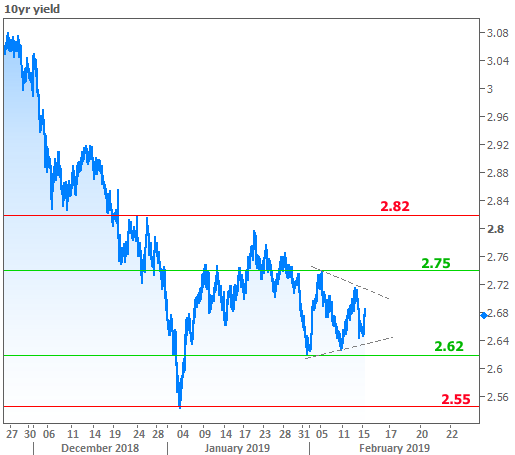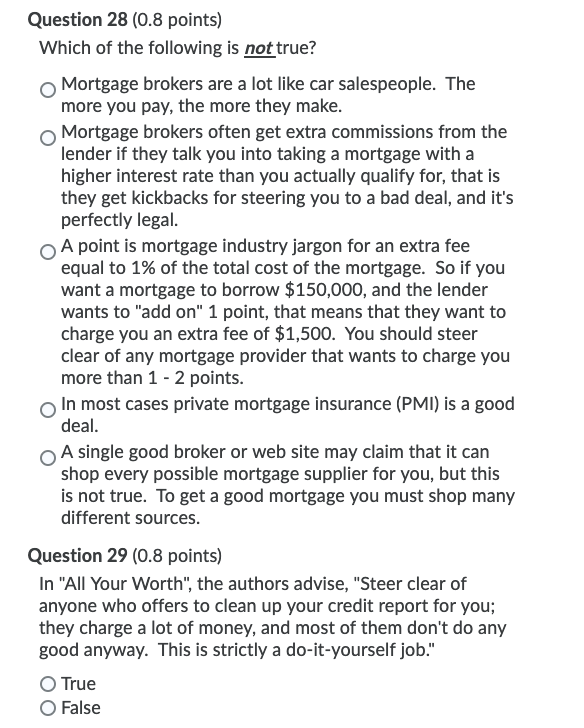For a reverse home mortgage to be a viable financial choice, existing home loan balances typically should be low enough to be paid off with the reverse home mortgage profits. However, customers do have the option of paying down their existing home loan balance to get approved for a HECM reverse home loan. The HECM reverse home mortgage follows the basic FHA eligibility requirements for residential or commercial property type, suggesting most 14 household residences, FHA approved condominiums, and PUDs certify.
Prior to starting the loan process for an FHA/HUD-approved reverse mortgage, candidates should take an authorized therapy course. An authorized counselor must help describe how reverse home mortgages work, the monetary and tax implications of taking out a reverse mortgage, payment alternatives, and costs connected with a reverse home loan. The therapy is implied to secure customers, although the quality of therapy has been criticized by groups such as the Customer Financial Defense Bureau. when did 30 year mortgages start.
On March 2, 2015, FHA executed brand-new guidelines that need reverse home mortgage applicants to go through a monetary evaluation. Though HECM customers are not needed to make month-to-month home mortgage payments, FHA wishes to make sure they have the monetary ability and determination to stay up to date with real estate tax and property owner's insurance (and any other suitable home charges).
Prior to 2015, a Lender could not refuse a request for a HECM as the requirement is age 62+, own a home, and fulfill initial debt-to-equity requirements. With FA, the lending institution may now force Equity "set aside" guidelines and sums that make the loan difficult; the very same as a declination letter for bad credit.
The Best Guide To How Visit this page Do Mortgages Work In Monopoly
Satisfying credit - All housing and installation financial obligation payments must have been made on time in the last 12 months; there disappear than 2 30-day late home loan or installment payments in the previous 24 months, and there is no major derogatory credit on revolving accounts in the last 12 months.
If no extenuating scenarios can be recorded, the borrower may not certify at all or the lender might require a large quantity of the principal limitation (if available) to be taken into a Life Expectancy Set Aside (LESA) for the payment of residential or commercial property charges (residential or commercial property taxes, homeowners insurance coverage, etc.).

The fixed-rate program comes with the security of a rate of interest that does not alter for the life of the reverse home mortgage, however the interest rate is usually greater at the start of the loan than an equivalent adjustable-rate HECM. Adjustable-rate reverse mortgages normally have interest rates that can change on a month-to-month or yearly basis within particular limits.
The preliminary rates of interest, or IIR, is the real note rate at which interest accrues on the exceptional loan balance on a yearly basis. For fixed-rate reverse home loans, the IIR can never change. For adjustable-rate reverse home loans, the IIR can change with program limitations approximately a lifetime rates of interest cap.

Fascination About What Is The Catch With Reverse Mortgages
The EIR is typically different from the real note rate, or IIR. The EIR does not determine the quantity of interest that accumulates on the loan balance (the IIR does that). The total swimming pool of money that a debtor can receive from a HECM reverse home mortgage is called the primary limitation (PL), which is computed based on the optimum claim amount (MCA), the age of the youngest debtor, the predicted rates of interest (EIR), and a table to PL aspects published by HUD.
Most PLs are generally in the variety of 50% to 60% of the MCA, however they can often be greater or lower. The table below gives examples of primary limitations for Helpful site different ages and EIRs and a home worth of $250,000. Borrower's age at origination Anticipated rates of interest (EIR) Principal limit aspect (as of Aug.
In other words, older borrowers tend to get approved for more cash than younger borrowers, however the total amount of cash readily available under the HECM program tends to reduce for all ages as rates of interest increase. Closing expenses, existing mortgage balances, other liens, and any real estate tax or property owners insurance coverage due are typically paid of the initial principal limitation.
The cash from a reverse home loan can be dispersed in 4 methods, based upon the borrower's monetary requirements and objectives: Swelling amount in money at settlement Monthly payment (loan advance) for a set variety of years (term) or life (tenure) Line of credit (comparable to a house equity credit line) Some combination of the above Note that the adjustable-rate HECM uses all of the above payment alternatives, however the fixed-rate HECM only offers lump amount.
What Are Reverse Mortgages And How Do They Work for Dummies
This indicates that borrowers who go with a HECM line of credit can possibly get to more cash with time than what they initially received at origination. The line of credit growth rate is figured out by adding 1.25% to the preliminary rate of interest (IIR), which suggests the line of credit will grow much faster if the rate of interest on the loan boosts.
Because many debtors were taking complete draw lump sums (often at the encouragement of lending institutions) at closing and burning through the cash rapidly, HUD looked for to secure customers and the practicality of the HECM program by limiting the amount of profits that can be accessed within the first 12 months of the loan.
Any staying offered proceeds can be accessed after 12 months. If the overall obligatory commitments surpass 60% of the primary limit, then the customer can draw an extra 10% of the primary limitation is wesley financial group legit if readily available. The Housing and Economic Healing Act of 2008 provided HECM mortgagors with the chance to acquire a brand-new principal house with HECM loan proceeds the so-called HECM for Purchase program, effective January 2009.
The program was designed to enable the senior to buy a brand-new principal house and get a reverse mortgage within a single transaction by removing the need for a 2nd closing. Texas was the last state to enable for reverse home mortgages for purchase. Reverse home loans are frequently criticized over the concern of closing expenses, which can often be pricey.
The Buzz on How To Look Up Mortgages On A Property
Thinking about the constraints imposed upon HECM loans, they are comparable to their "Forward" contemporaries in overall costs. The following are the most typical closing expenses paid at near get a reverse home loan: Therapy cost: The very first step to get a reverse home loan is to go through a therapy session with a HUD-approved therapist.
Origination fee: This is charged by the lender to organize the reverse home mortgage. Origination fees can differ extensively from lending institution to lender and can range from absolutely nothing to an optimum of $6,000. Third-party charges: These charges are for third-party services hired to finish the reverse home loan, such as appraisal, title insurance coverage, escrow, federal government recording, tax stamps (where appropriate), credit reports, and so on.
The IMIP safeguards lenders by making them whole if the house offers at the time of loan payment for less than what is owed on the reverse mortgage. This safeguards customers also due to the fact that it suggests they will never ever owe more than their home is worth. Since 1/2019, the IMIP is now 2% of the max claim amount (Either the appraised worth of the house as much as a maximum of $726,535) The annual MIP (mortgage insurance premium) is.50% of the impressive loan balance.